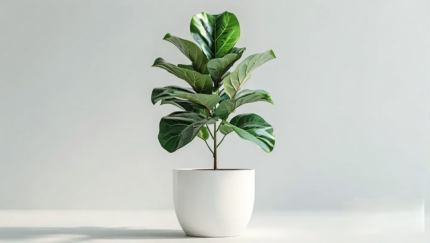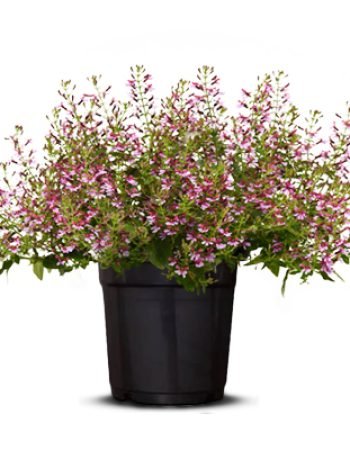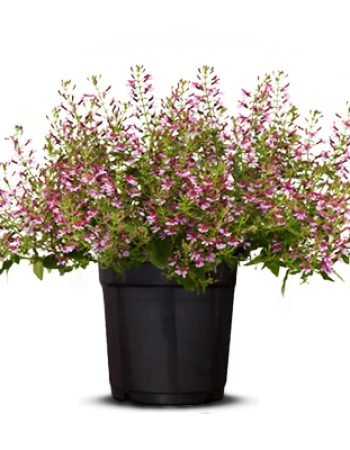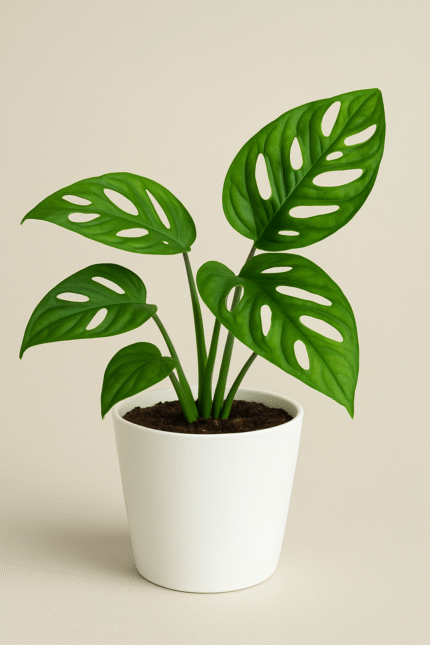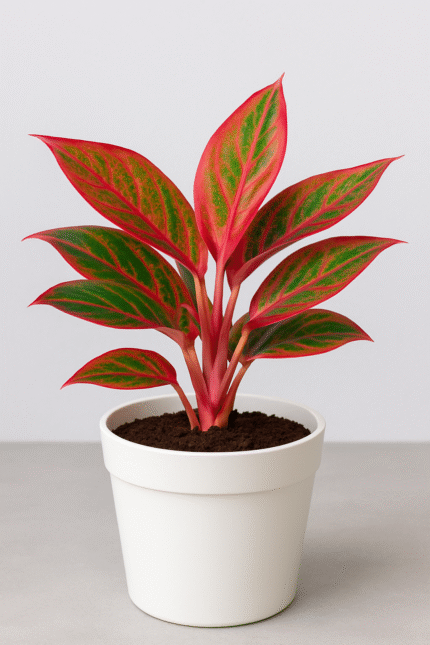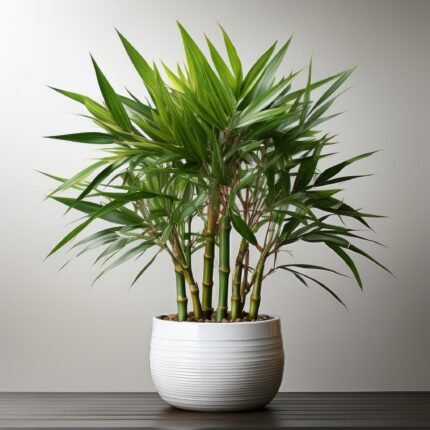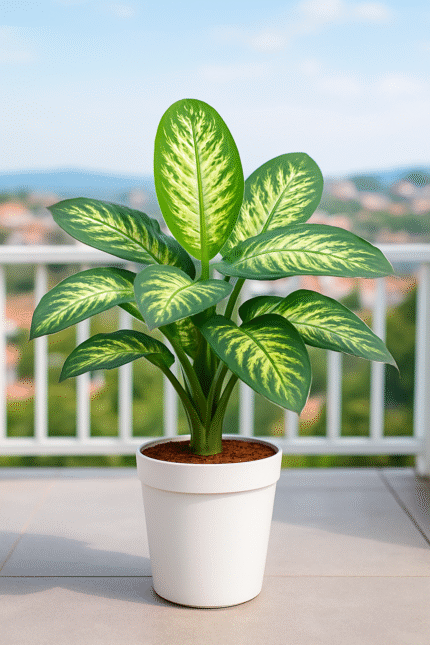Product Description:
The kentia palm is tall palm with arching, glossy dark green fronds that will bring a touch of lush elegance to any room. Native to Lord Howe Island, a tiny island off the eastern coast of Australia, it’s also known as the thatch palm, sentry palm and paradise palm. The kentia palm has been a popular house plant in the UK since Victorian times, when it was something of a status symbol, shown off in parlours and drawing rooms. It was even used to bring an air of elegance. Howea forsteriana is a low maintenance house plant that’s tolerant of some neglect, so is a good plant for beginners. It’s a good air purifier too, capable of filtering and purifying stagnant air.
Light:
Kentia palms do best in bright, indirect light but will tolerate a bit of shade. Avoid direct sunlight.
Soil:
Kentia palms prefer a well-drained sandy or loamy soil. But they also may adapt to clay soils as long as there’s still adequate drainage.
Water:
Kentia palms like lightly moist soil. They don’t tolerate severe drought or overwatering well. Plan to water when the top inch of soil dries out.
Temperature and Humidity:
Kentia palms can tolerate temperatures up to 100 degrees Fahrenheit and down to about 25 degrees Fahrenheit for brief spells. But they prefer the temperature to be above roughly 55 degrees Fahrenheit. Moreover, a moderate humidity level is sufficient. These palms struggle in very high humidity, as well as in dry weather.
Fertilizer:
Use a slow-release fertilizer in the spring and summer to support growth.
Pruning:
Pruning needs for a Kentia palm should be minimal. Trim off dead fronds once they’re brown and dried up. While they’re in the process of turning from green to brown, they can still provide the tree with nutrients.
Propagating Kentia Palms:
- Gently loosen and remove the root ball from the pot.
- Slowly tease apart its roots from the rest of the root ball, aiming to keep all of the roots as intact as possible.
- Replant your separated palm in a suitable growing site. And either replant the rest of the palms together as they were, or continue separating them.


